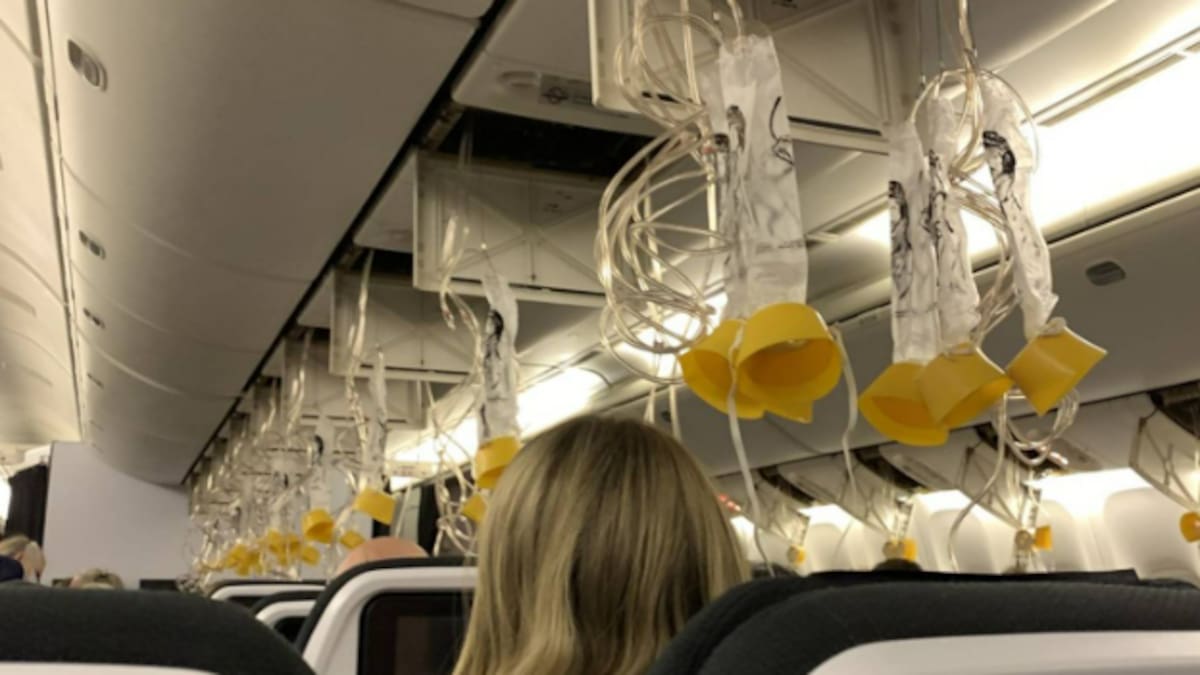Headline from NZ Herald earlier today
Panic on Air NZ flight as masks drop, false emergency declared
Are you able to comment on what may have caused the issued referred to in this story per this link?
"The captain mentioned that lots of the flight attendants had never dealt with this before - oxygen masks only deploy if there's significant altitude drop or really severe turbulence."
Or if they're manually deployed.
The 777 had a separate oxygen system for medical purposes. In the overhead, there would be a separate attachment for the mask. This was located randomly throughout the cabin and varied between aircraft.
We routinely got asked to "turn the oxygen on" by the cabin crew. What this meant was to turn on the
Therapeutic Oxygen System (TOS). Occasionally, this was accidently misidentified as the
Passenger Oxygen System. The same switch that deploys
all the emergency oxygen masks from the overhead.
When that switch is selected, a few things happen:
- All the lights come on bright.
- The automatic PA comes on, telling passengers to put on their masks.
- Seatbelt sign comes on.
- Masks deployed.
This happened one night across the Pacific at VAI, and the aircraft had to divert to HNL to get it sorted by engineers.
An ergonomic design fault of the 777 was that both the passenger oxygen and the therapeutic oxygen switches were actually the same colour and in the same orientation. The guarded switch was horizontal for both. The only difference was, that the TOS switch was a bit higher up the overhead panel, so you really had to reach for it (at least I did, as I'm not a big guy).
This also doesn't help pilots who don't take the extra second to look at the switch they're about to operate, especially if it's guarded. It means Boeing wants you to make sure you want that switch activated.















